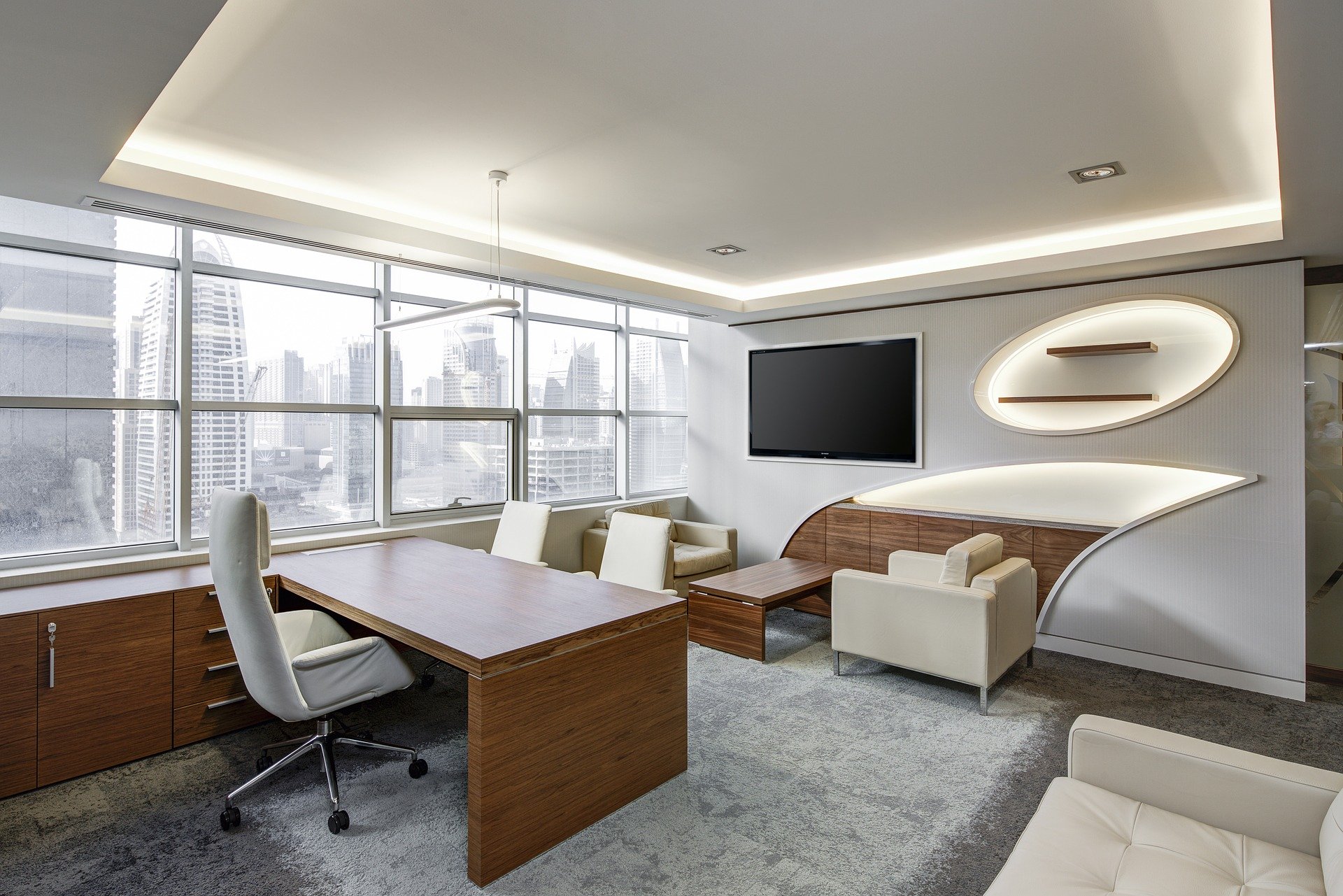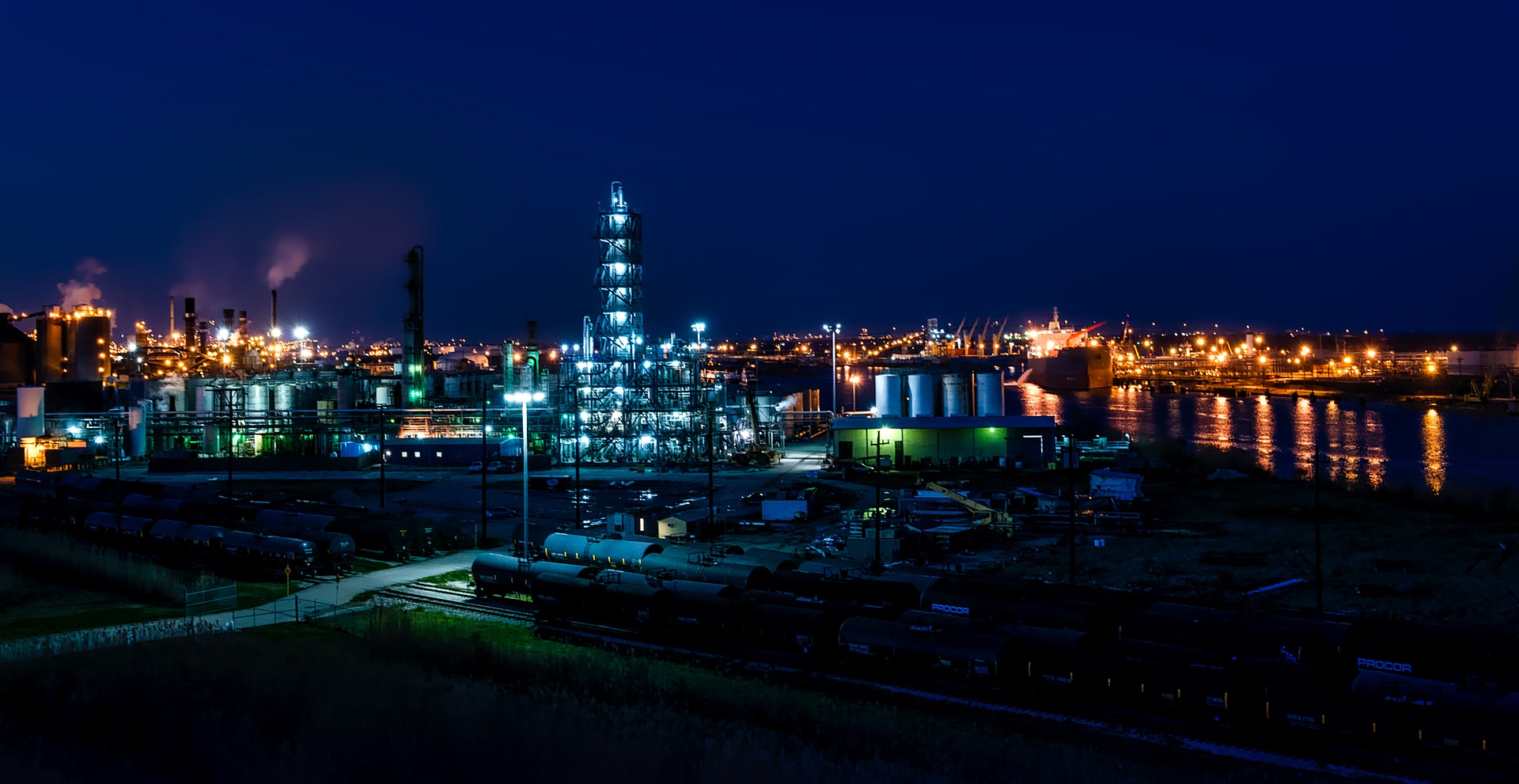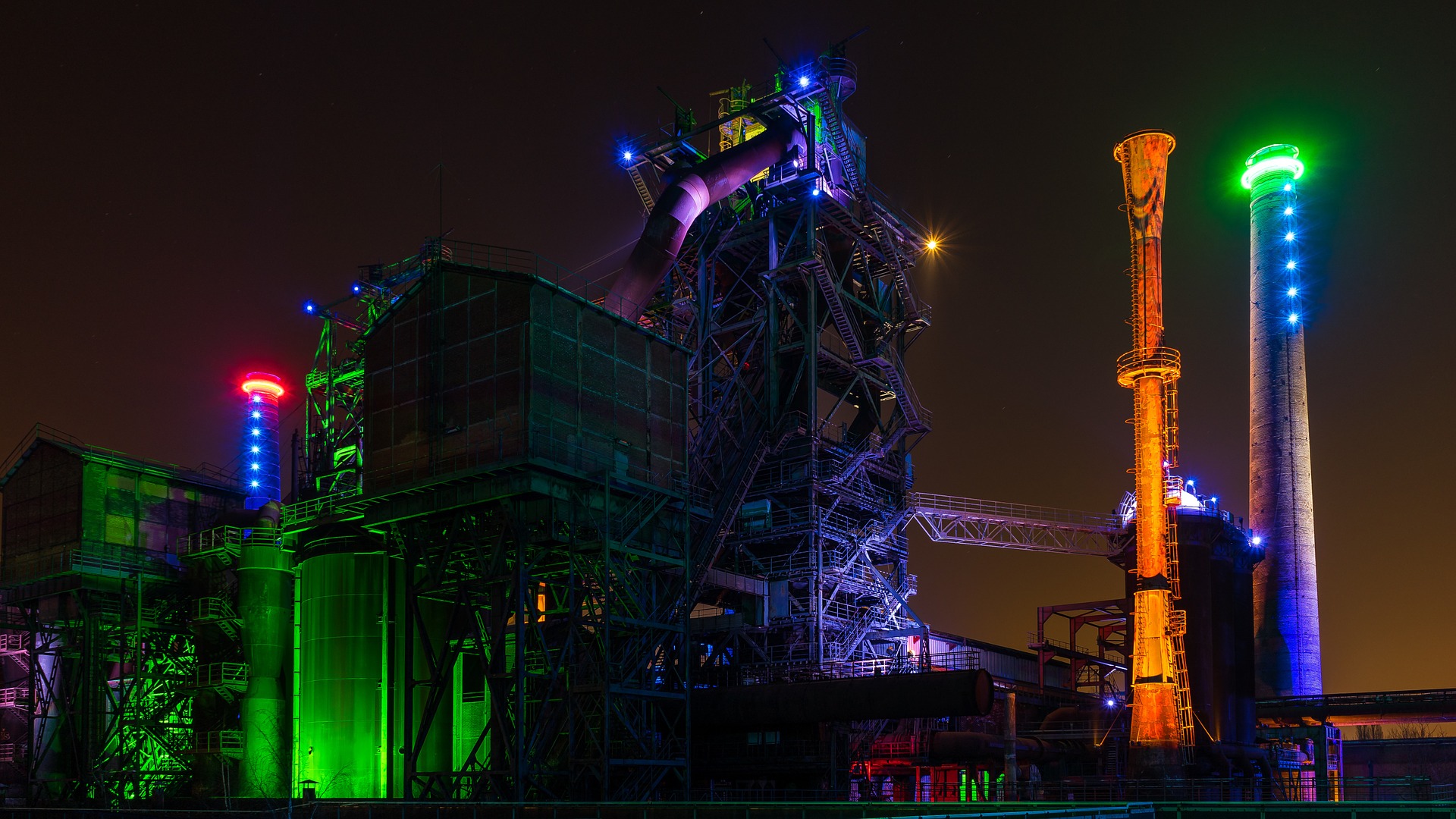Top Tips for Protecting Your Industrial Light Fittings
Having the appropriate level of lighting, and a continuous supply of optimal light are both essential factors in industry.

With business sectors such as warehousing and logistics now operating 24/7 to meet the demands of modern consumers, adequate levels of lighting are required all day and night to ensure that workers can continue to perform their roles safely and without the risk of injury that can be caused by poor lighting.
Misjudging steps when retrieving parcels, tripping over discarded packaging and other debris plus not seeing objects before falling into or over them are common accidents that can occur in any workplace that suffers from poor lighting, so employers and facilities managers have a duty of care to ensure that lighting levels are fit for purpose and offer excellent levels of illumination.
There are many types of light fitting that are designed to be strong and durable within industrial environments, but there are still a number of factors that can impact the performance of these fixtures. The three primary risks are interior power surges, harsh environments, and corrosion, so let’s take a look at ways that businesses can protect their light fittings against these common obstacles:
Install Surge Protection Devices
LED light fittings are being used in more and more industrial and commercial applications due to the cost savings they can bring, along with showing a commitment to implementing environmentally-friendly processes.
However, LED light fittings must be approached not as lighting, but rather as electronic devices. While some options do come with built-in surge protection, additional protection is advised to negate the effects of interior voltage spikes which can cause long-lasting damage to the fitting.
Installing surge protection device modules in front of the LED drivers is one of the fastest, most effective and affordable ways to protect industrial LED light fittings from surges, so they offer an excellent solution to protecting light fittings in any setting.
LED drivers aren't just cost-effective either, they are also easy to install and can offer a boost to the green credentials of any business, making them a worthwhile investment for any business looking to become for eco-friendly.
Choose Recessed Fittings

In harsh working environments, simply selecting the right type of light fitting can help to protect the fixture, minimise the need for maintenance, and extend the lifespan. By choosing the right lighting solution for your industrial site, costs savings can also be achieved thanks to the longevity of light sources created specifically for industrial use and new technologies that use far less energy to create excellent levels of illumination.
Low profile light fittings, such as recessed emergency fittings, fit into the ceiling to add a natural level of protection for the fixture. This reduces the light fitting’s exposure to the surrounding environment, which can be particularly beneficial as a protection strategy when installed in environments that are prone to high levels of dust or debris.
There are a number of types of recessed fittings available, including LED tubes, downlights, and halogen walkover lights, all of which are installed into a cavity for a low-profile fit.
Recessed lighting is also particularly useful in warehouse settings as the lighting sits flush to the ceiling. This means that when those machines which reach high levels when in operation pass by, the risk of them hitting the light fitting and causing damage to either the machine, operator or light fitting is significantly minimised.
Use Protective Products
It’s important to clean industrial light fittings regularly, ideally with a soft microfiber cloth and a small amount of water. However, rust and corrosion can and do still happen, and rust stains are often tricky, and sometimes impossible, to remove completely.
An excellent way to protect industrial light fittings is by applying a protective film that’s been specially designed to minimise the build-up of rust, dirt, and grime on light fixtures. By sealing light fittings and reducing corrosion and decay, it’s possible to significantly extend the expected lifespan of industrial lighting and ensure that good levels of illumination are achieved at all times.
Another option for protecting industrial light fittings is to use a dehumidifier to reduce moisture levels in the air and avoid condensation on the fitting. Dehumidifiers work by removing tiny particles of water present in some working environments and trapping them inside the unit where they are collected in a tank.
As particles are collected, the tank fills with water ready to be emptied at regular intervals, making them particularly useful for reducing moisture ingress into industrial light fittings in food production settings, industrial laundries and any workplace where water or moisture is present.
Protect outdoor industrial lighting

In many industrial settings, outdoor lighting is just as important as its indoor counterparts.
In busy logistics or haulage yards, good quality outdoor lighting is imperative for workers and vehicle drivers to stay safe at work, so protecting and maintaining security lights and floodlights needs to be a key consideration for safeguarding the wellbeing of your workforce.
Outdoor lighting should be checked on a regular basis to ensure that sensors are functioning correctly and that there has been no ingress of moisture, dirt or dust that can have a detrimental impact on the levels of lighting provided by the unit.
If your outdoor lighting is suffering from large amounts of debris or water ingress, you can protect your outdoor lighting units by positioning them under a canopy or cover that will offer them some degree of protection from the elements, but it is essential that you check that the beam angle can be adjusted to suit so that no dark areas are created as a result of you repositioning the light source.
Bulbs will also need to be replaced as part of any routine maintenance schedule, so it is a good idea to have a stock of bulbs to hand should one unexpectedly stop working as this can cause dark corners to become health hazards if not dealt with immediately.

Created by Steve Ellwood on 2nd March, 2020
Author
 | Steve EllwoodQualified as an Electrician, founder of BLT Direct |



